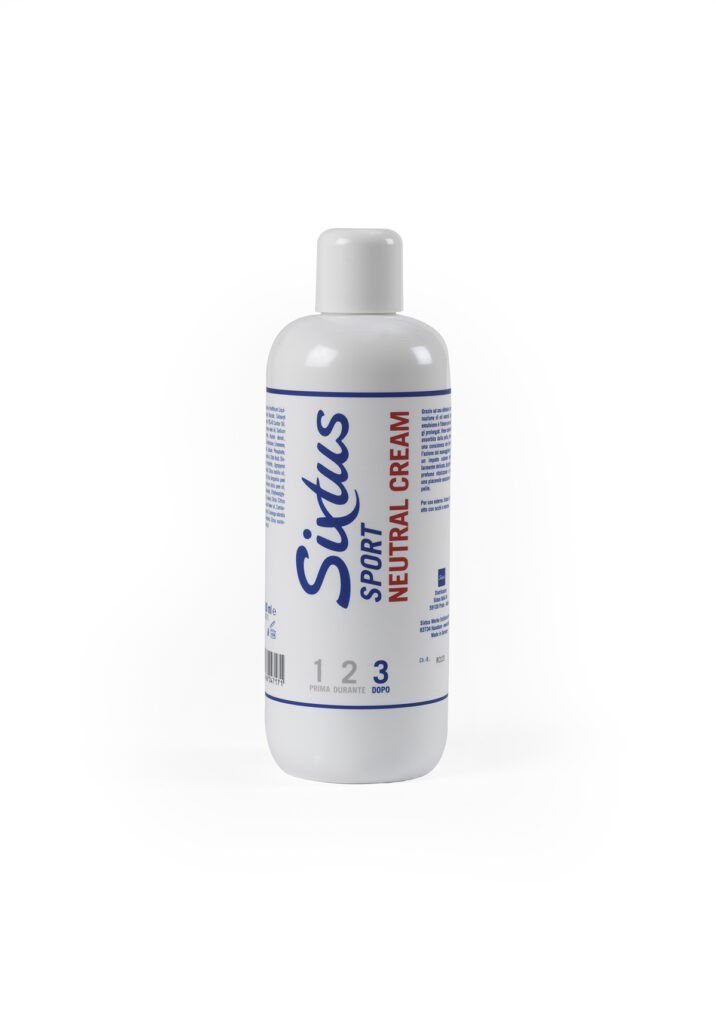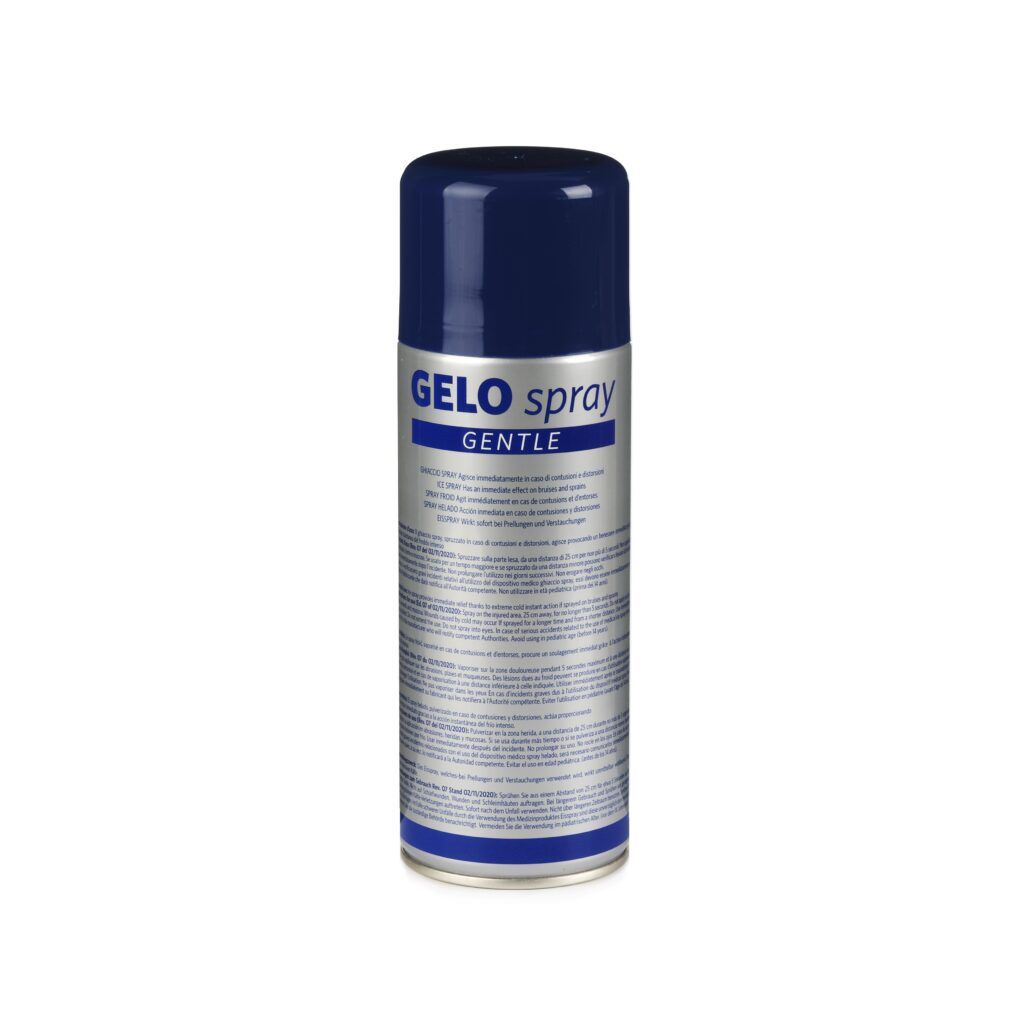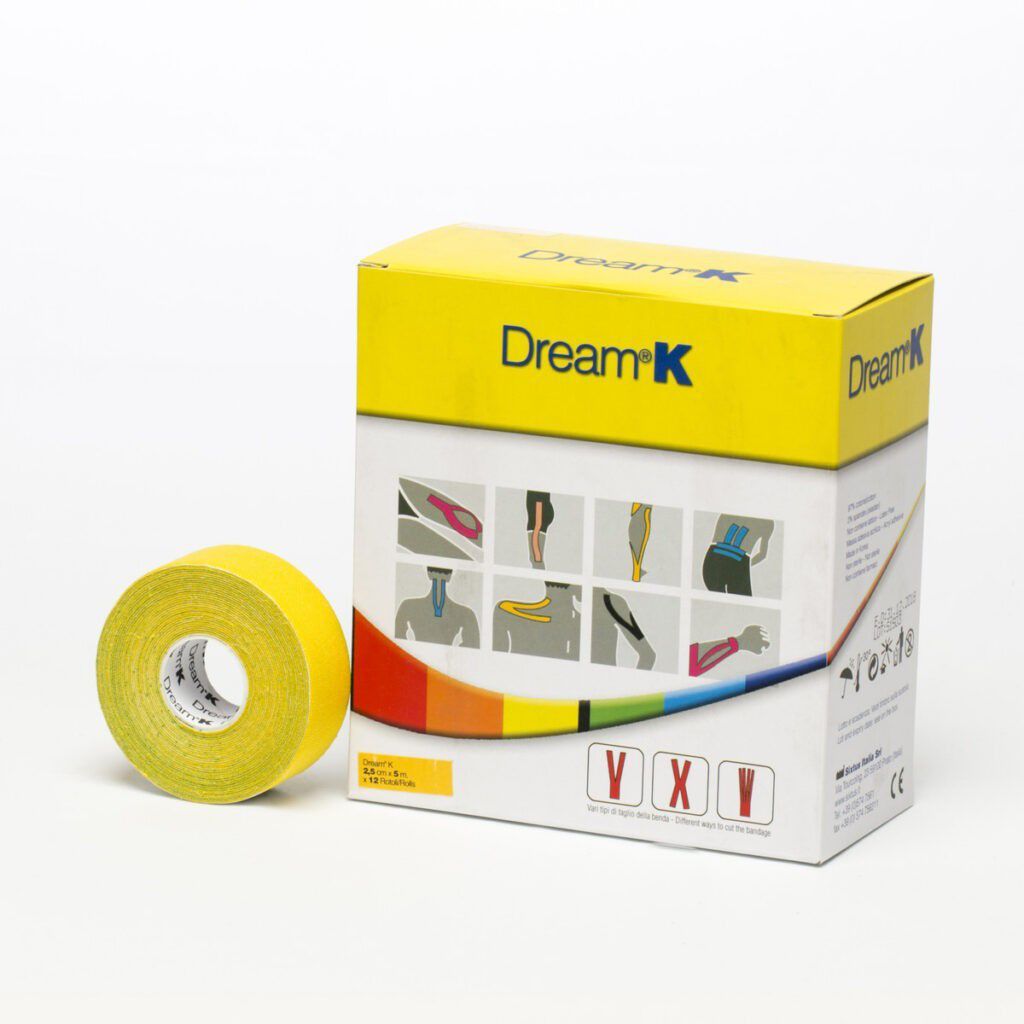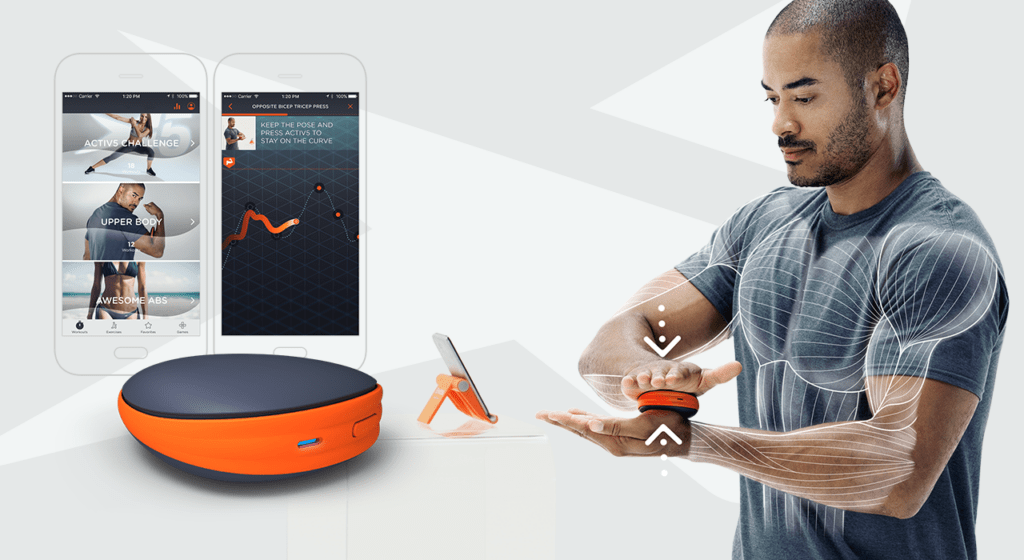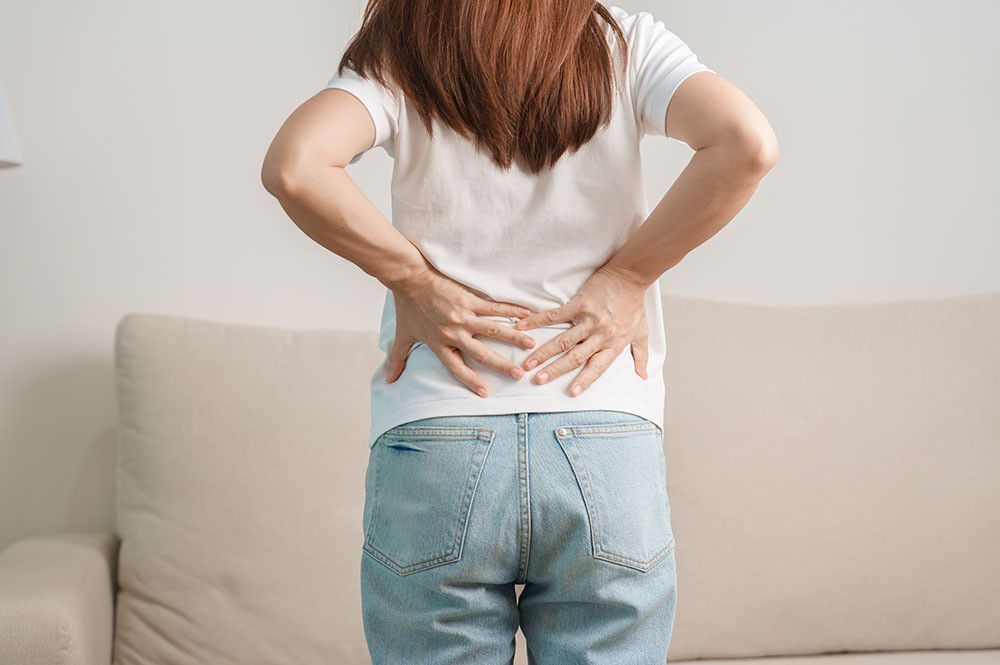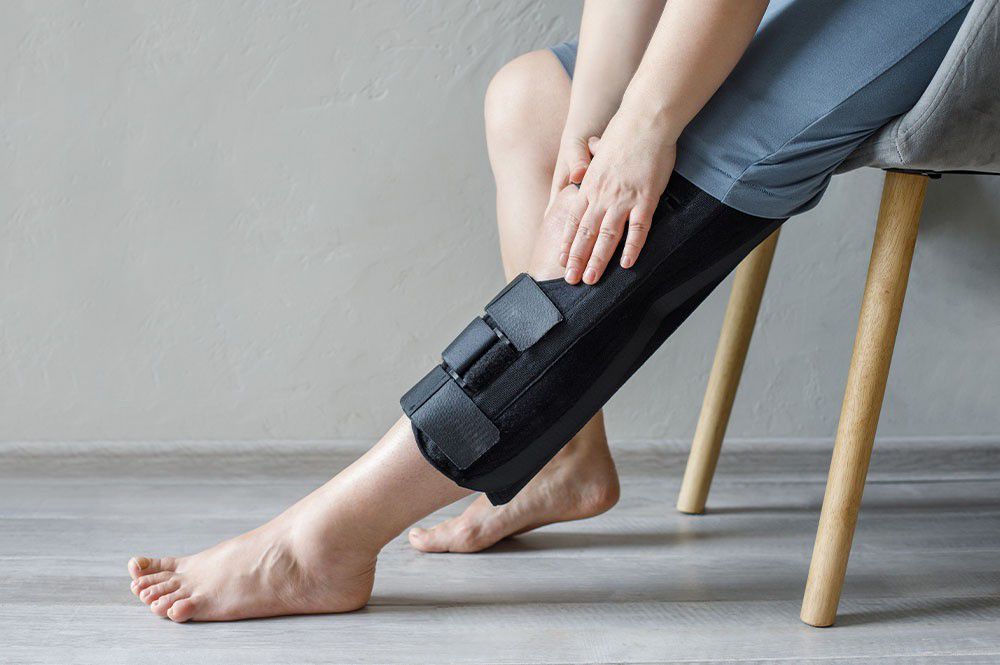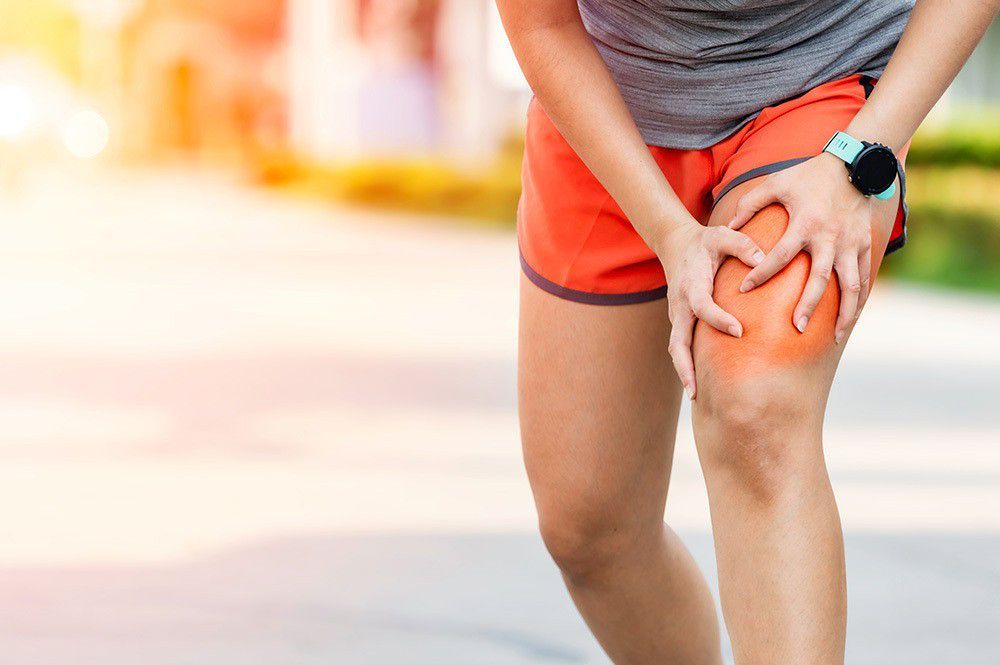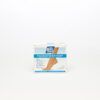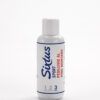Cervicogenic headache: how can physiotherapy intervene?

- 1 The origin
- 2 How the cervical manifests with headache?
- 3 The causes
- 4 How to course this syndrome?
- 5 Important indications doctor/ patient
- 6 Therapy
- 7 Specific therapy
- 8 How to intervene?
Cervicogenic headache
Cervical syndrome with headache originates as a painful tension in the neck area, which radiates to the head and results in migraine or headaches. It can be very stressful in everyday life for those affected.
Muscle tension also affects the shoulder and chest muscles; sometimes, the pain radiates to the arms. Manual therapy defines these myoelectric ‘nodes,’ or Trigger Points. Precisely like the trigger that, when pressed, causes a gun to go off, a trigger point, when pressed, causes a sensation of deep pain. An external event can injure the elastic fibers that make up the various muscles (we talk of contusion when the fibers are damaged because something hits them or if we fall on them), or they can be improperly and repeatedly stressed (in maintaining spoiled postures, for example; in this case, the increase in the tone of these portions of the fibers helps to create a new, non-physiological trigger point, better suited to respond to the new demands of the body).
The trigger point is the consequence of these traumas.
The consequences of localized myogenesis (hardened and tense regions) are restricted movement, dizziness, headaches, and migraine attacks. The causes of cervical syndrome with headache have not been sufficiently clarified, but influencing factors such as obesity, diabetes, depression, physical work, or stress seem to play a role in its development.
This common illness affects adults of all ages, but women are more affected than men. Physical therapy, lifestyle changes, and occasionally medication can help alleviate the symptoms of cervical spine syndrome with headaches.
Incidence of cervicogenic headache
Cervical syndrome, also known as cervicogenic headache resulting from cervical spine syndrome, is a condition that frequently occurs due to an impairment of the musculoskeletal system. It is a widespread disorder that predominantly affects adults of both sexes but is more prevalent in women.
A cervicogenic headache with no apparent cause, is diagnosed more often in women than men. However, figures vary considerably between countries worldwide, as pain perception may differ. Unfortunately, it is common for patients to delay access to medical or physiotherapeutic treatment for this condition, with negative consequences for their health.
Causes of a musculoskeletal system
Neck pain that causes headaches is rarely due to a severe medical condition (less than 1%). The doctor usually cannot find a clear cause for the tension and pain, let alone the headache.
Since neurological symptoms such as tingling in the arms or blurred vision may also indicate other diseases (e.g., multiple sclerosis), a specialist medical examination is essential.
Various influencing factors can promote the onset of cervicogenic headache:
- overweight (obesity),
- pregnancy,
- physical work (mainly construction workers and nurses),
- chronic stress,
- depression and anxiety,
- cervical syndrome symptoms.
A cervicogenic headache is not the same for all sufferers. The following symptoms may occur singly or together:
1. neck pain
2. migraine and/or headache,
3. pain in the arms,
4. muscle hardening (myoglandosis),
5. dizziness,
6. tingling or numbness in the arms and hands,
7. ringing in the ears,
8. visual disturbances (frequently photophobia).
The course cervicogenic headache
Chronic neck pain with headaches can negatively affect the quality of life of those affected. Particularly anxious people prone to depression are psychosocially burdened by cervicogenic headache.
This means that the resulting pain and symptoms are very unpleasant and play a decisive role in everyday life. Disturbances at work can occur, e.g., poor concentration or constant pain when sitting in the office for a long time.
Diagnosis of cervicogenic headache
The doctor can diagnose cervicogenic headache based on a detailed personal interview and physical examination. If there are physical problems detected by imaging (hernia, protrusion, etc.) in the cervical spine, the first visit is a specialist examination with an orthopaedist specializing in pain therapy, a neurologist, or a neurosurgeon, depending on the symptoms and severity.
The patient’s indications that are important for the doctor are:
- the onset of pain, when and exactly where it occurs,
- symptoms indicating other illnesses, such as fever, night sweats, or unwanted weight loss,
- neurological symptoms, such as tingling in the fingers or loss of strength in the arms,
- the psychological situation (stress at work, family conflicts, etc.),
- the person’s assessment of the cause of the pain and tension.
During the physical examination, the doctor and/or physiotherapist will check:
- Posture and any external changes in the cervical spine, shoulders, and chest muscles.
- The temperature of the skin and surrounding lymph nodes.
- Tremors and concussion pain.
- Mobility of the affected area.
- Sensitivity and reflexes (neurological examination).
If the neurological symptoms do not improve and are experienced intensely (e.g., persistent numbness in the arms), the orthopaedist will prescribe a computed tomography (CT) or magnetic resonance imaging (MRI) scan for further investigation.
Therapy for cervicogenic headache
Before starting therapeutic measures for an existing cervicogenic headache, the physician should clarify with the patient exactly what they want from the therapy and what they can and would like to contribute to it. The treatment of cervicogenic headache is much more successful if the person concerned is motivated and willing to deal with the issue consciously. Very often, the intervention of a specialist in psychotherapy or psychiatry is necessary, or even a condition sine qua non, because, for example, other illnesses such as depression make this access to healing more difficult.
If there is a willingness to undergo therapy, the following measures may be considered:
- Non-pharmacological therapy.
- Exercise and sport: if done correctly, endurance sports and strength training can improve the symptoms of cervicogenic headache.
- Heat: just a hot water bottle wrapped in a cloth and placed on the back of the neck has a beneficial effect, improves skin microcirculation, and relieves pain. There are more sophisticated forms (diathermy or hyperthermia9 carried out by a physiotherapist, which relieve or remove head and neck pain.
- Physiotherapy and corrective gymnastics: in cases of cervicogenic headache, individual and postural and corrective gymnastics or certain types and methods of physiotherapy are very often prescribed. Exercises learned and performed with a posturologist or physiotherapist should also be constantly done at home to achieve success.
- Massage: corrective massage performed by a physiotherapist, in addition to physical therapy, can help loosen up tense (myofascial) muscles and thus solve or alleviate cervicogenic headaches.
- Acupuncture: sessions with an acupuncturist can help in the healing process.
Painkillers only treat the symptoms of cervical syndrome but not the causes. If at all, drugs should only be taken in low doses and for a short period of time after consulting the doctor. Non-drug therapy using physiotherapy and corrective gymnastics has proven to be much more sensible and effective.
What can the affected person do against cervicogenic headache?
If the doctor has diagnosed cervicogenic headache, the patient must start by:
- accepting their condition and approach the therapy with motivation,
- having the therapist explain all possible treatment options to them and choose the one they feel comfortable with,
- not self-prescribing painkillers: ask the doctor which drugs are suitable and necessary and in what dosage,
- doing sports, especially endurance sports such as easy running, swimming,
- exercising the entire spine, or doing yoga, Pilates, L&B motion, etc,
- exploring possible psychological problems: talking to a psychotherapist can help overcome the spiral of pain, anxiety, depression and even more intensely experienced pain.
Cervicogenic headache: physiotherapeutic treatment
In a small percentage of people and problems, it is useful to cool the part with cryotherapy, but in most cases, it is more useful (90%) to warm the part by any physical or physiotherapeutic means.
The physiotherapist can use all manual or electromedical muscle relaxation techniques:
- decontracting massage therapy,
- manual therapy techniques,
- stretching or PNF techniques,
- diathermy,
- hyperthermia,
- magnetotherapy,
- decontracting electrostimulation,
- kinesiotaping
- cryotherapy
- analgesic electrotherapy.
It is also essential to dose the phases of muscle recovery and muscle re-training, as well as to maintain (in the case of sportsmen and women) good muscle tone for unaffected muscles and good cardiorespiratory training in general.
Kinesiotaping for a cervicogenic headache
The Kinesio taping procedure is to be considered an adjunct to other treatments and can help relieve the symptoms of cervicogenic headaches.
The treatment has not been scientifically proven, but it shows excellent results in many patients, especially in the cervical and dorsal areas where the effect perceived by the patient is immediate: The purpose of Kinesio taping is to relieve stress and tension in the muscles in this case, the muscles of the cervical and high back area.
If there are symptoms of contracture or tension in the dorso-cervical part of the back, four tapes are usually attached. Two tapes, one on the left and one on the right side of the cervical spine, starting from the 4th dorsal vertebra to the hairline at the nape of the neck, and two more on the circular lines of the trapezius up to the nape of the neck, while the patient assumes a forward curved position with the cervical spine so that the back muscles are stretched as far as possible, always with respect to pain.
If the affected area is punctiform, the tapes are often fixed in the shape of a star (four strips of tape). In this case, the maximum pain is in the middle of the star formation.

